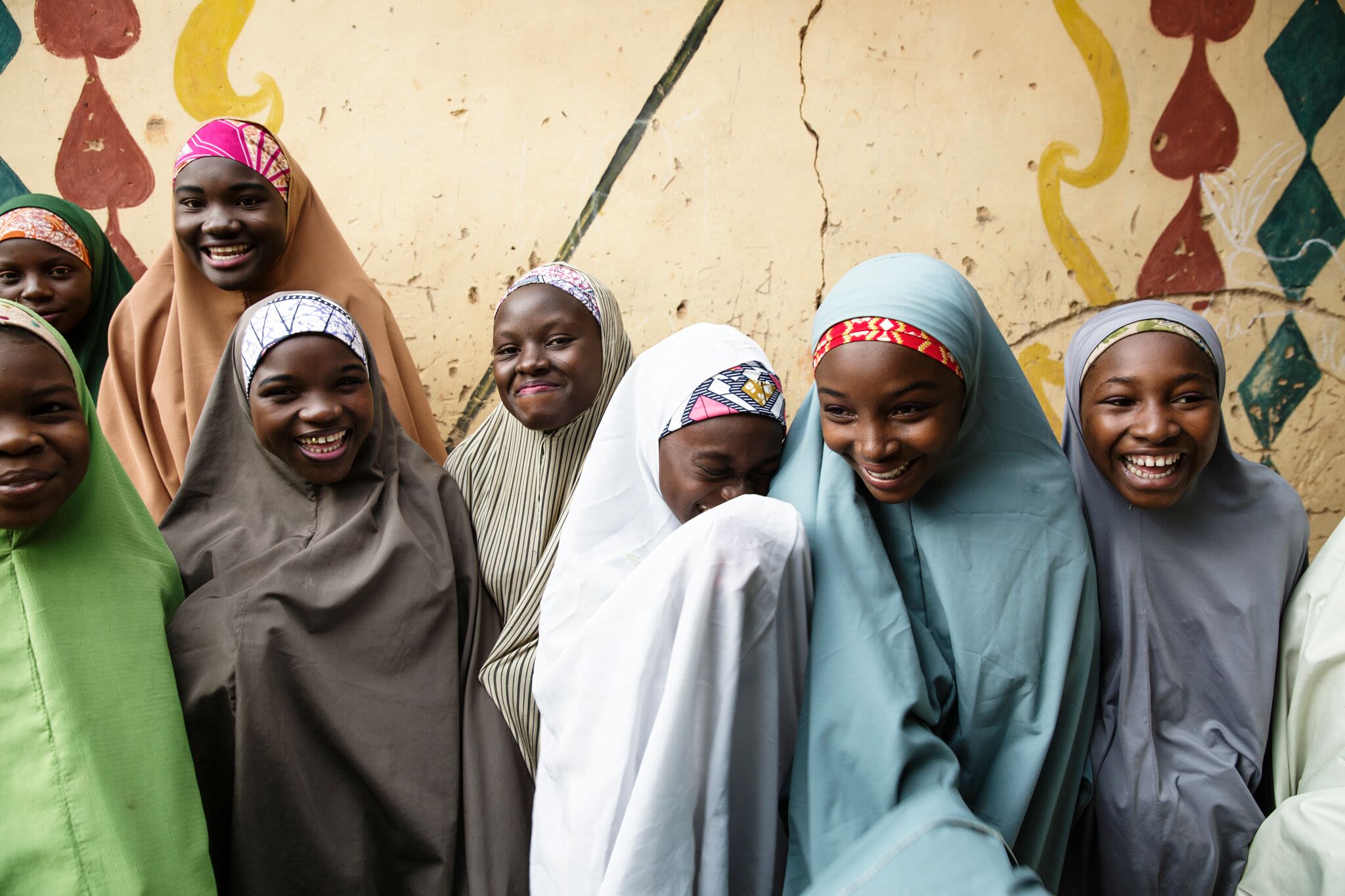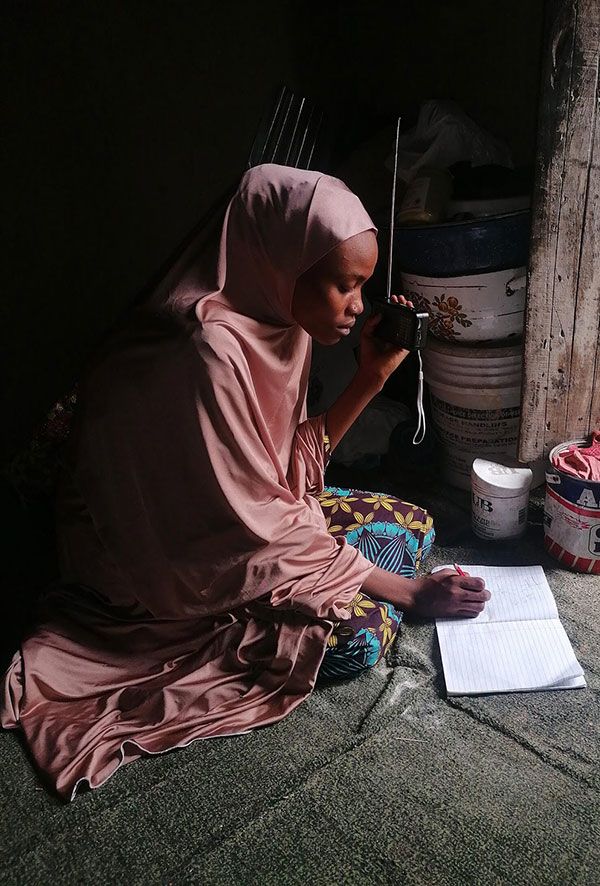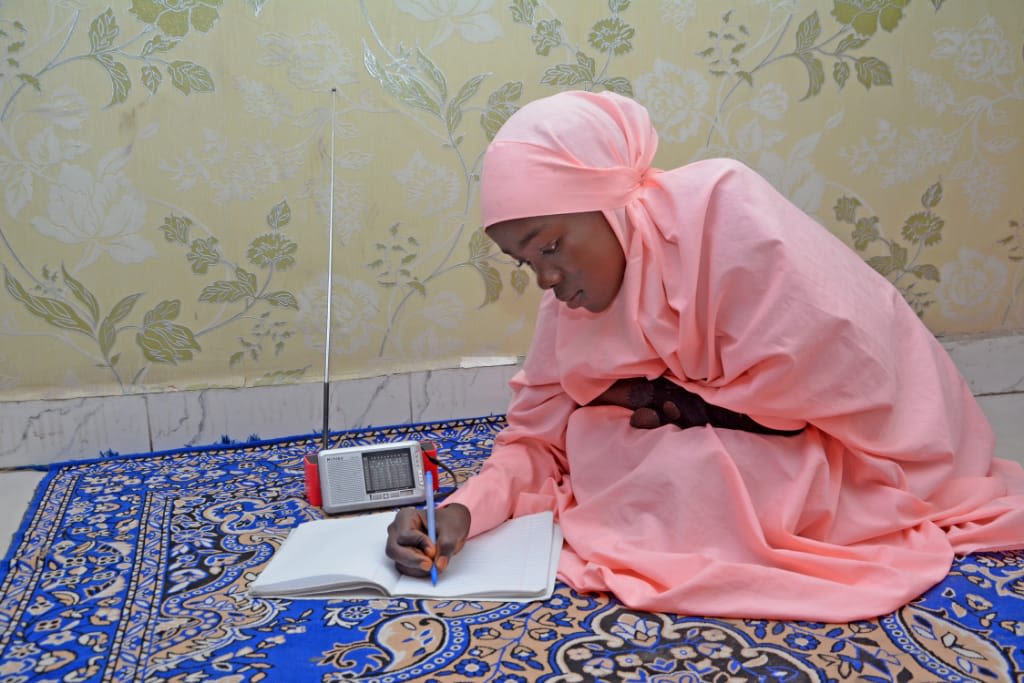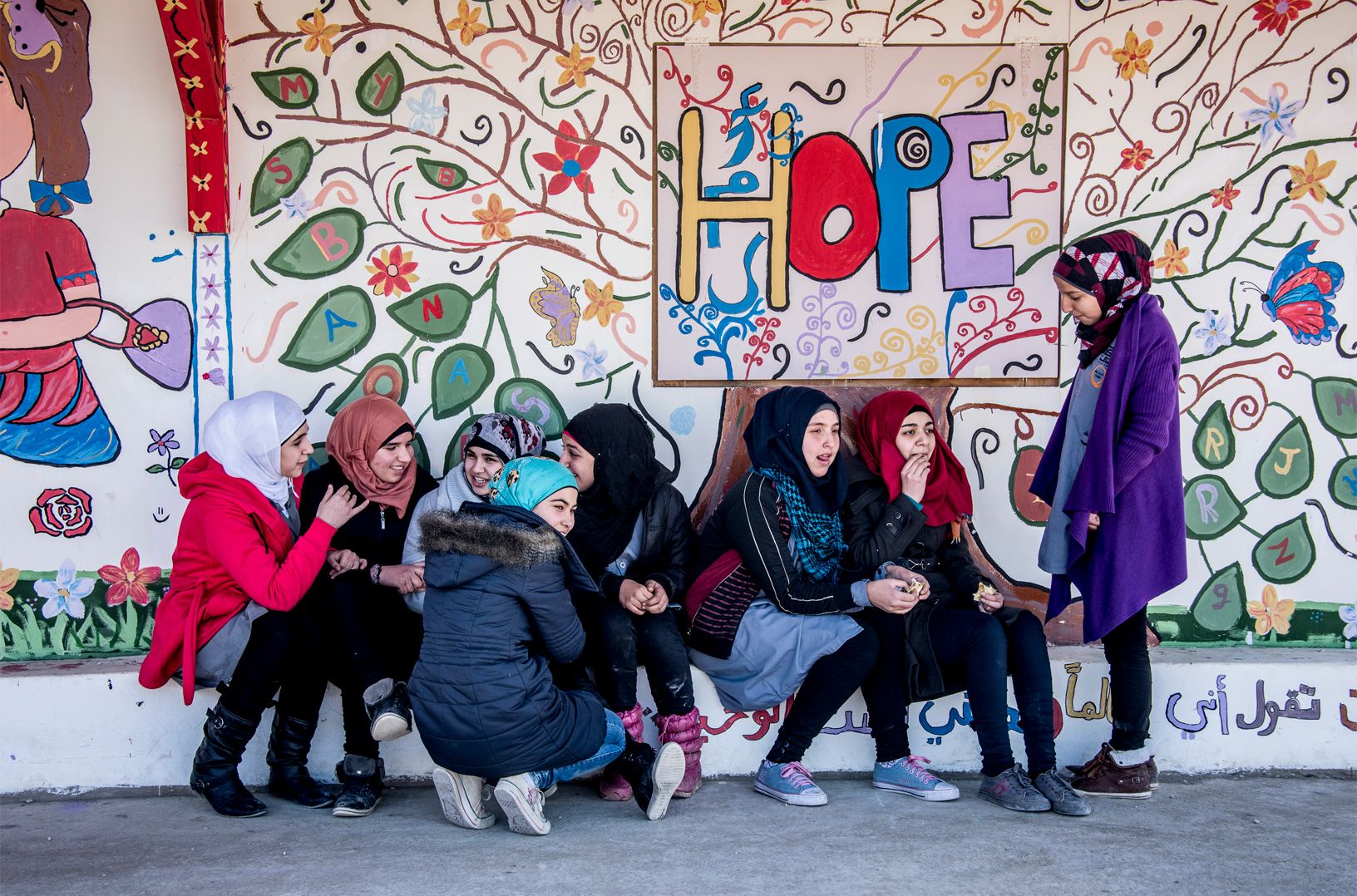How Malala Fund is Keeping Girls Learning During the Pandemic
Malala Fund has put technology to work to ensure that girls around the world continue to learn during and after the Covid-19 pandemic

A year ago, after it became clear that Covid-19 would change the world, Malala Fund knew they would need to shift their priorities to help keep girls learning and protect progress on girls’ education.
As schools around the world closed their doors, the organization — which works in regions where the most girls miss out on secondary education — would need to devise ways to continue their fight for girls’ education and aid their grantees. And in order to secure ongoing support, they needed to keep donors engaged in how the organization’s coronavirus-era metamorphosis continues to help girls worldwide.
Then new to the job, Suzanne Ehlers, the organization’s Chief Executive Officer, took a long look at Malala Fund’s operations and challenges. Two things became apparent: The organization’s fundraising team was performing at a high level, in part because of the organization’s adoption of Salesforce.org Nonprofit Cloud five years earlier. But Ehlers’ second observation was cause for alarm. When crises hit, girls and young women are often disproportionately affected. Drawing on insights from the 2014 Ebola epidemic and the 2008 global financial crises, Malala Fund published research which estimates 20 million more secondary-school aged girls may be out of school by the time the pandemic is over.
To take on this challenge, Malala Fund leaders asked themselves: How could they use technology to connect girls to remote schooling, while maintaining the integrity of their existing programs on the ground?
“We knew we needed to develop a strong Covid-19 framework,” Ehlers says. “We stepped up our work with our signature program, the Education Champion Network, to use technology to deliver education to girls. It’s something we had already started doing. But Covid-19 forced us to accelerate the process.”
Malala Fund works in countries where girls are most likely to be denied the chance to attend school. Girls may miss out on school due to discrimination, safety concerns or because they need to work to help relieve their household financial pressures. In some places, no jobs await educated girls or girls face greater pressure to marry early.
Covid-19 has further affected girls in the regions where Malala Fund and its grantees do their work. Because girls are one-third less likely than boys to have access to cell phones or computers in their homes — in the relatively rare instances when those homes have digital hookups — keeping them plugged into local education networks has become the major focus of the organization. Faced with school closures, the organization has worked to strengthen local grantees who have developed solutions to keep girls learning.
“Our current grantees came to us and said they had programming in mind to deal with the virus,” says Maliha Khan, Chief Programmes Officer at Malala Fund. “We gave out grants with a three-week turnaround, due to the quick work of our board and staff. And we made a commitment to making more tech-centered grants if the virus continued to close schools.”
In northern Nigeria — the site of a mass kidnapping of schoolgirls in 2014 by Boko Haram, an extremist group — a program that teaches girls by radio received additional support from Malala Fund. The grantee, Kiki James and her organization ACE Charity, produce weekly multilingual radio literacy and STEM lessons for students who have no access to online learning. Malala Fund support also helped James expand a program for girls that offers safe spaces where they can learn basic literacy, numeracy and life skills.
In Pakistan, Malala Fund upped its support so another Education Champion, Haroon Yasin, could expand the reach of the mobile app and web application he developed. Haroon’s app Taleemabad features a digitized version of the national curriculum, allowing locked-down students to resume their schoolwork remotely.
Launched in 2013, Malala Fund works to ensure every girl around the world can access 12 years of free, safe, quality education. The organization advocates for policy changes needed to help more girls learn and invests in education advocates fighting for girls’ education in communities where most girls miss out.
Malala Fund’s lead program supports the work of 57 educators and activists across Afghanistan, Brazil, Ethiopia, India, Lebanon, Nigeria, Pakistan, and Turkey. Their work is projected to directly impact over 90,000 girls and indirectly impact over 10 million girls around the globe, via school enrollment, non-formal education programs, advocacy, and other training. Malala Fund seeds its Education Champion Network with around $5 million each year, relying on support from corporations, foundation grants and individual donors.
The nonprofit’s goal is to provide additional resources to promising education advocates who know best the issues girls in their country face and what is needed to address the problem. Even before Covid-19, girls in those nations aged 5 to 18 faced a slew of barriers to education, some embodied by the story of the group’s namesake and co-founder, Malala Yousafzai. Along with two other girls, Yousafzai was attacked in 2012 by the Taliban for speaking out for girls’ education. Yousafzai survived the assassination attempt and, alongside her father, Ziauddin, continued her fight education and equality.
While Malala Fund’s multi-pronged approach to plugging in technology has allowed its on-site partners to maintain contact with students during the pandemic, it has also helped the group raise more money. Digital giving has risen over the previous year’s total, Ehlers says. Fundraising aimed at persuading donors to help keep education going during Covid-19 has been key in that success.
Salesforce.org’s grantmaking technology has allowed Malala Fund to better target its support to those who have moved forward with their own on-the-ground tech. Meanwhile, the Salesforce platform continues to streamline operations and amass donor data, giving fundraising staff a leg up on matching certain donors with specific campaigns.
“I use Salesforce to keep track of our major donors,” says Michael Stanton, Major Gifts Officer at the organization. “The quality of the information we have on donors — their email address, occupation, giving history, notes on conversations we’ve had with them — allows us to see them more clearly. And the platform keeps a running tab of donations in real time. We can see how a campaign is going, day by day. It’s fun for the fundraising staff.”
Salesforce technology has helped the organization’s staff of 60 to work remotely during the pandemic. Because the Salesforce platform meshes well with Gmail, Slack, and other communications programs, remote collaborations have been effective and easy to coordinate.
This year, as the organization expands its programs to Bangladesh and Tanzania, and furthers its work to help develop the next generation of girl activists, Malala Fund will continue to look to Salesforce for help in crafting solutions to support fundraising and its mission to see all girls learn and lead without fear.
“Salesforce seamlessly integrates a lot of our functions,” says Ehlers. “That’s one less thing we have to think about as we cultivate donors and interact with our network of advocates and champions throughout the world.”

Photo Credit: Malala Fund
Photo Credit: Malala Fund

Photo Credit: Malala Fund
Photo Credit: Malala Fund

Photo Credit: Malala Fund
Photo Credit: Malala Fund
To learn more about Malala Fund, visit their website, at https://malala.org.
For more on how technology can help your organization accelerate fundraising, program management, and grantmaking, learn more about Nonprofit Cloud.



